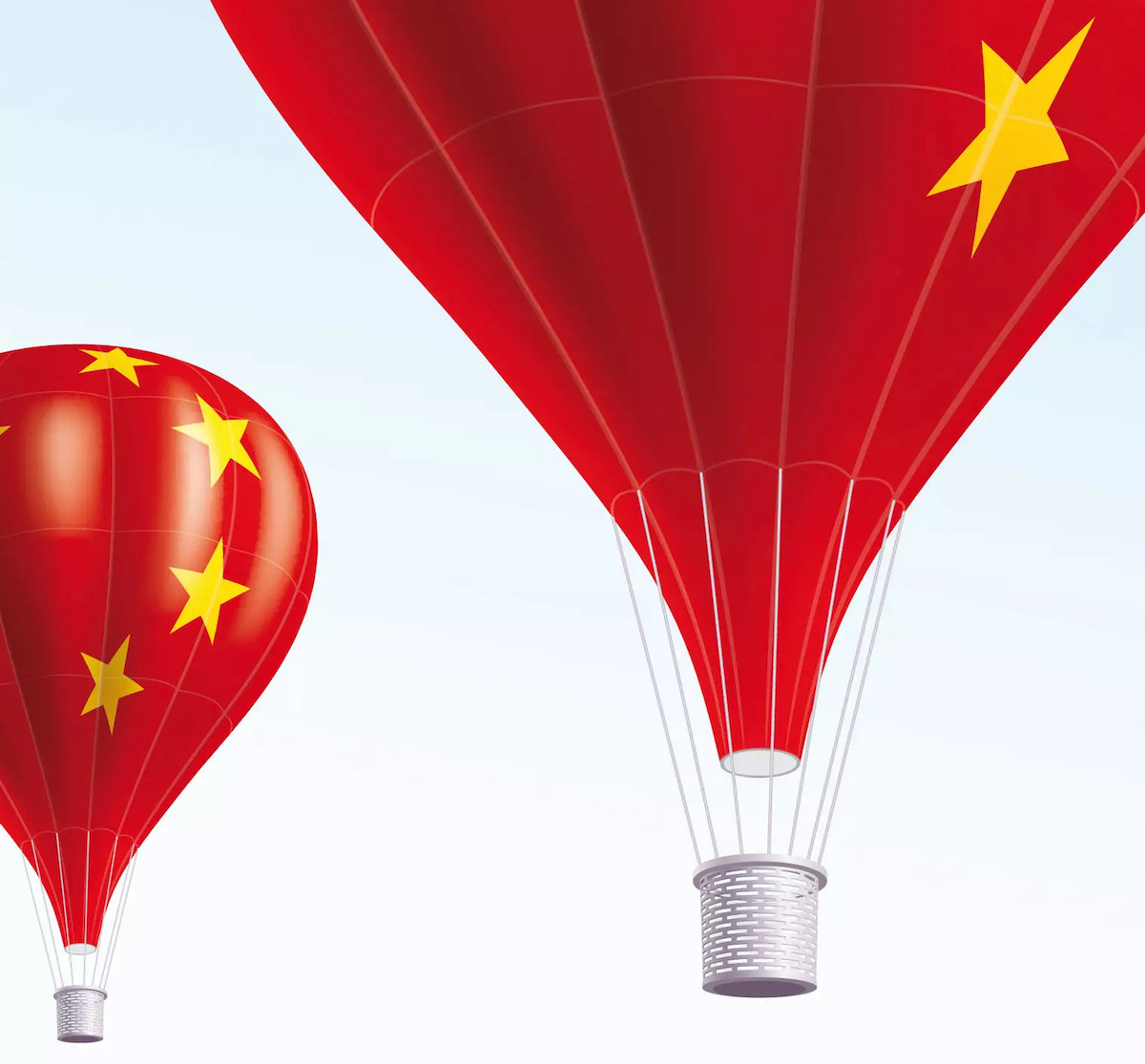Is China in crisis? To read much of the coverage of China and the challenges within its property sector along with the suspension of its bond trading, it would seem to suggest the country is looking into the abyss.
There is no doubt that the property sector, which accounts for a whopping 25% of China’s economy, has finally come crashing down, the result of which could potentially linger for years. “This was the predictable consequence of over-indebtedness and overbuilding combined with worsening demographics which curtails household formation and reduces the number of first time buyers,” noted China expert George Magnus in one of his commentaries.
Mike Henry, chief executive of miner BHP, said that property completions in China are up 19%, year-on-year. What is proving slow, he added, are new starts. Creating something of a vacuum.
Refinitiv data reveals an investment trend that could be worrying: China-focused mutual funds suffered a net outflow of $674m (£533m) in the second quarter of this year, while, in contrast, nearly $1bn (£795m) went into emerging market ex-China mutual funds.
Deflationary threat
This is just one of many fronts in which China faces challenges. An equally worrying trend is the fact that policymakers in Beijing face a potentially bigger and different challenge – that of deflation.
China reported a 0.3% year-on-year decline in headline CPI for July, entering deflation for the first time in two years. The head- line weakness was exacerbated by temporary factors, such as lower energy and pork prices.
“Deflation punishes debtors, of which China has many, and is often a companion of economic stagnation. In China, this could have catastrophic geopolitical consequences,” Magnus added.
Indeed, given China’s strength in the global economy, what happens in the country has huge ramifications across the globe. There are winners though from even this scenario that investors can plug into. There are, according to Rob Brewis, a fund manager at Aubrey Capital Management, “clear disinflationary winners.” These are, he noted, the global cost leaders with strong balance sheets and strong cashflow.
Another perspective, at least for more long-term investors, is one in which there is no reason to panic. China remains a leader in clean technologies, electric vehicles and other science and tech sectors.
Growth engine
China is still a key engine of global growth. The International Monetary Fund estimates that the country will account for more than a third of the world’s economic growth this year. In addition, many analysts agree that China’s 5% GDP growth target for this year is well on track – hardly an indication of a crisis.
Furthermore, JP Morgan Asset Management has noted that Chinese stock valuations look to be capped by geopolitics, but traditional measures are at historically attractive levels with a “likely upside” once earnings begin to surprise positively.
That moves away from a crisis scenario – or rather, presents investor opportunities that exist amid all the talk of a crisis. Indeed, the gap between US and Chinese equity valuations is the widest since March last year, and one of the widest in more than 20 years.
According to MSCI, US stocks are trading at 19.8 times 12-month forward earnings, almost twice China’s 10 times multiple. And that gap of almost 10 points has doubled in the past year.
China’s blue chip equity index is down around 1%, year-to-date, while the S&P500 and Nasdaq are up 18% and 35%, respectively. Such a scenario suggests some rebalancing is overdue. Fidelity has said that for MSCI China, it is looking at “probably earnings growing in the high teens” this year. In comparison, forecasts for the US are closer to flat.
Long-term trend
Here long-term investors should not lose sight of trends that go out over the next decade and beyond. To emphasise this, Goldman Sachs has issued a study projecting that, by 2035, emerging markets’ equity valuations will overtake those of the US, which currently has 42% of stock capitalisation, compared with 27% for the developing world. Come 2035, emerging markets and the US will have 35%, but emerging markets will have a smidgen more.
By 2050, the developing world, will command 47% of world’s market cap to the US’ 27%, and by 2075, emerging market stocks will reach 55%, while those in the US will fall to 22%. A key point made by Goldman Sachs’ economists Kevin Daly and Tadas Gedminas is that by 2050, China is on target to be the top economy, with the US, India, Indonesia and Germany trailing behind.
Such insight puts China’s current difficulties into perspective.





Comments